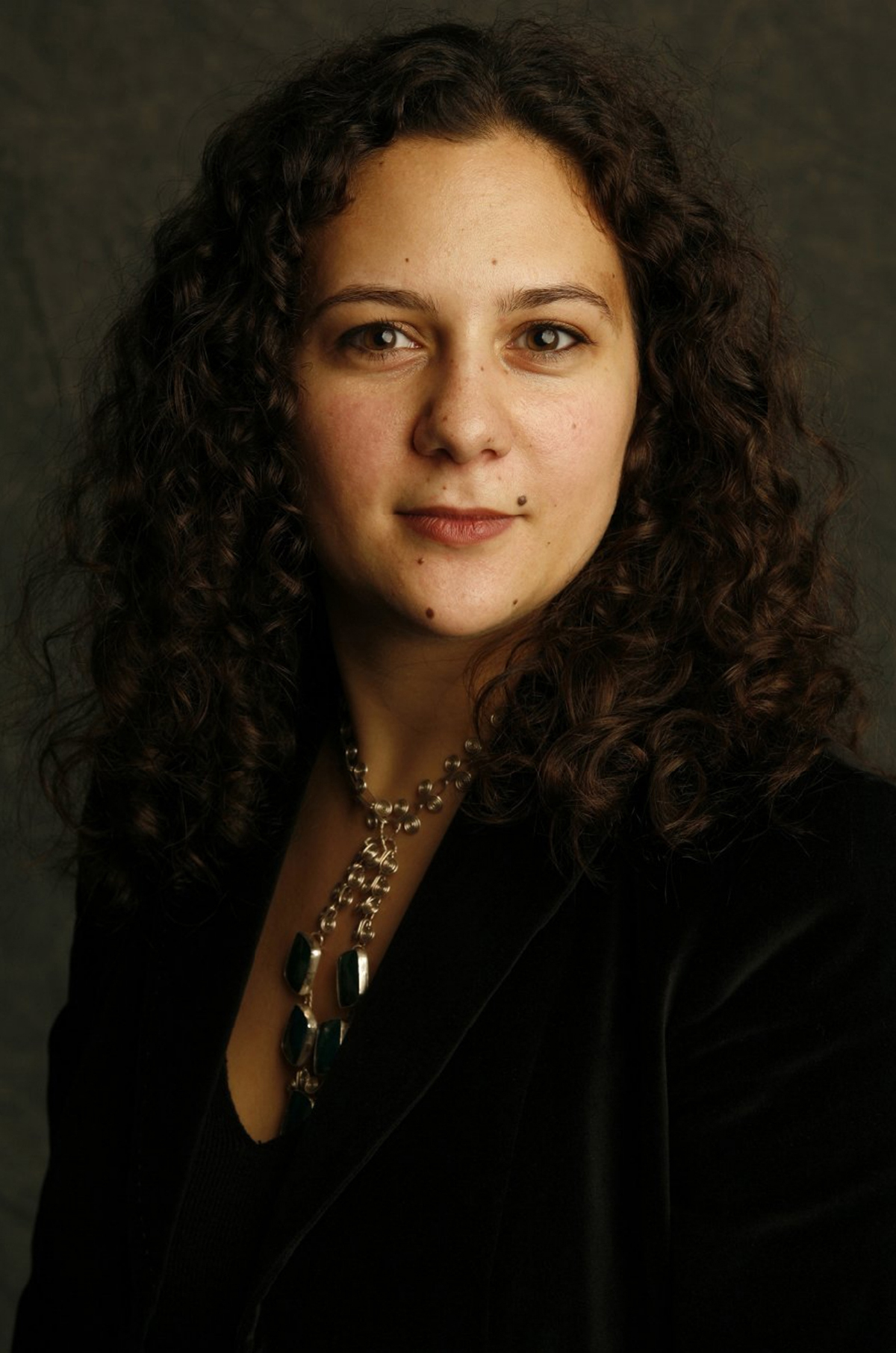
Christina Ferando
My dissertation will rethink Neoclassicism by examining the way that Neoclassical art deliberately and intentionally manifested itself as a staging of classicism in the modern era. That is, artists, critics, and private patrons engaged in exhibition practices and “events” in artists’ studios, museums, and private venues. These exhibitions called attention to the antique models and sources being used, engaging viewers in comparisons that were deliberate, instructive, and often entertaining. As a result of these visual stagings, Neoclassicism contributed to and created modern notions of originality and authenticity by establishing the copy as a condition of originality. Rome was the primary locus for such events because of the complexity and vitality of the city’s artistic scene and also because the paradigmatic figure of this phenomenon was the preeminent sculptor of the period, Antonio Canova.